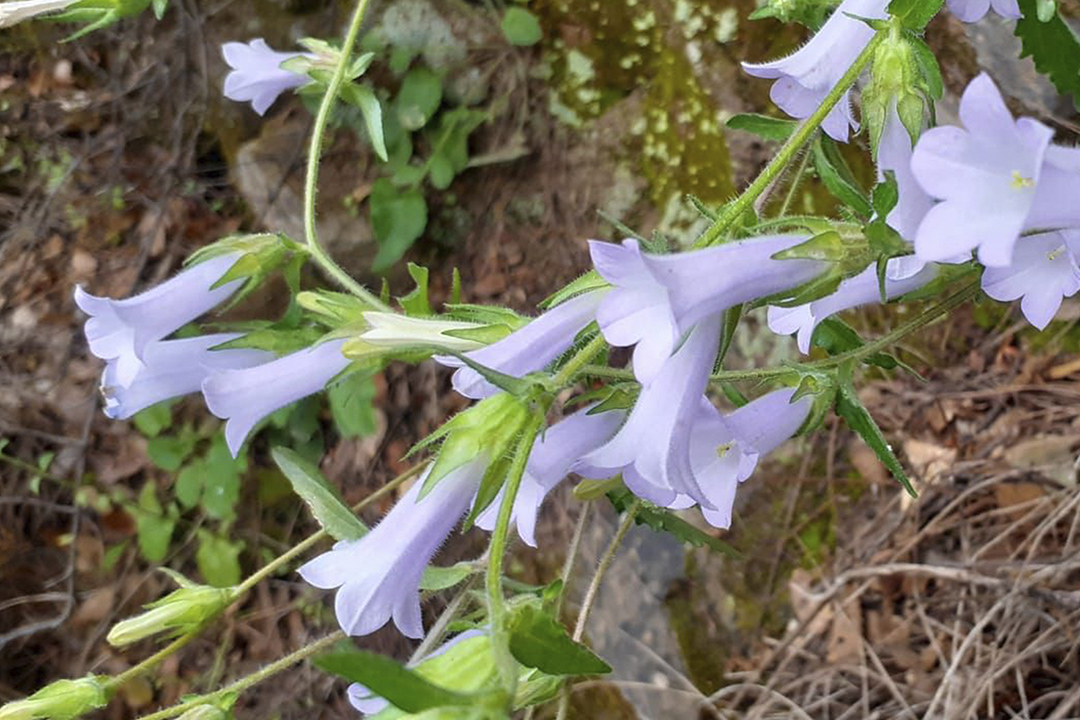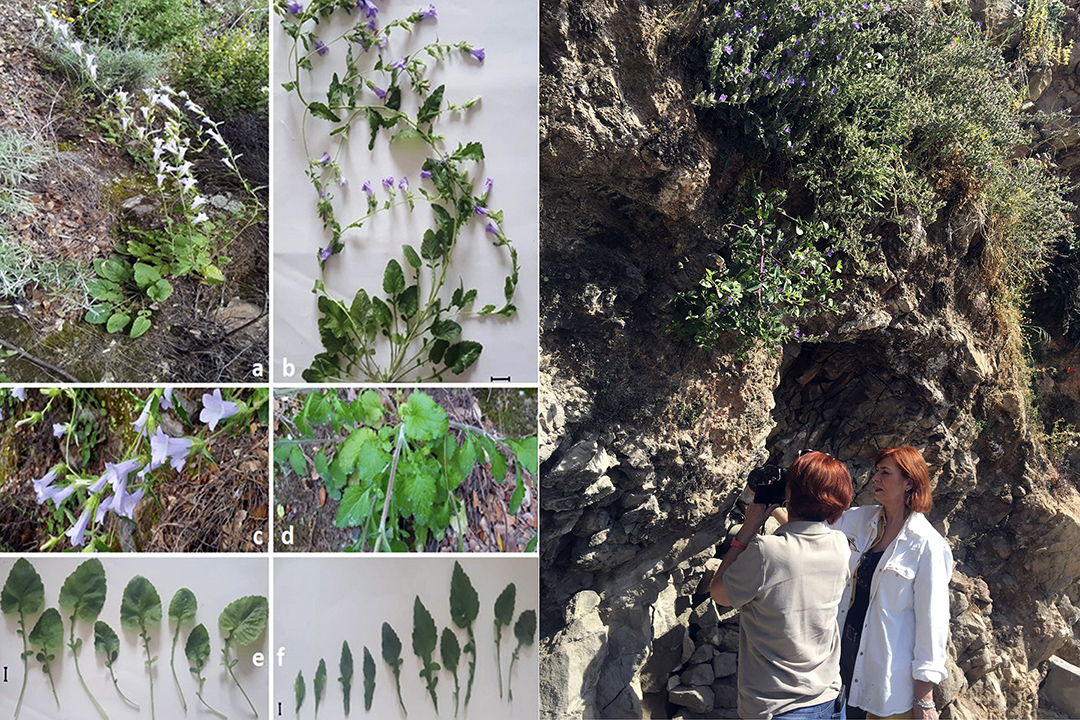MCBU Faculty Member Prof. Dr. Emine Alçıtepe Discovers a New Plant Species and Contributes It to the Literature
Manisa Celal Bayar University Akhisar Vocational School Department of Olive Growing and Olive Processing Lecturer. Prof. Dr. Emine Alçıtepe discovered a new plant species while working on the Dilek Peninsula in Aydın's Kuşadası district within the scope of the 'Species Conservation Action Plan Project' supported by the 4th Regional Directorate of the Ministry of Forestry and Water Affairs.
The plant, which was found to grow only on the Dilek Peninsula, was named 'Campanula X kusadasiensis' (Kuşadası Bell). 'Campanula X kusadasiensis' was introduced to the world by being included in the scientific journal Acta Botanica Caucasica.
Prof. Dr. Emine Alçıtepe, who stated that she conducts studies on plants in different regions of Turkey and travels for discoveries, said, “This specimen I encountered in Kuşadası while doing studies had different characteristics than the ones I had seen. This hybrid species differs from its parents with its morphological differences. My colleague Ondokuz Mayıs University Bafra Vocational School, Department of Plant and Animal Production, Department of Sapling Breeding, Ondokuz Mayıs University Bafra Vocational School. Then we named it 'Campanula X kusadasiensis'. While naming the plant, we moved from the place where the plant was found. Because this plant is only found in a narrow area in Dilek Peninsula National Park in Kuşadası. It is also a great chance that it is in an area where unauthorized crossings are prohibited. Because it is not possible for people to collect it.”
Stating that Campanula X kusadasiensis, a new species, belongs to the genus Campanula from the Bellflower family, Prof. Dr. Alçıtepe said, “This species, Campanula X kusadasiensis, a newly discovered natural hybrid from Kuşadası province in Western Anatolia, has been described. Micromorphological characters of the species such as seed coat ornamentation and pollen structure were analyzed using SEM-scanning electron microscope and compared with its parents. Thus, this hybrid species was distinguished from its parental taxa by morphological differences such as soft hairy stems, oval-cordate basal leaves and funnel-shaped crown. The ecological preferences of Campanula X kusadasiensis were determined during the surveys, indicating a restricted distribution on calcareous rocks in maquis habitats. Due to its limited population size and restricted habitat, its conservation status was evaluated as critically endangered.”


